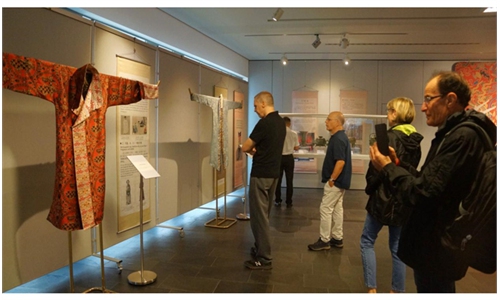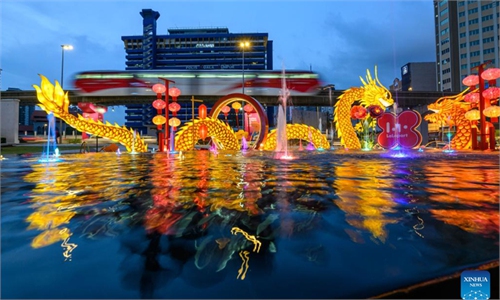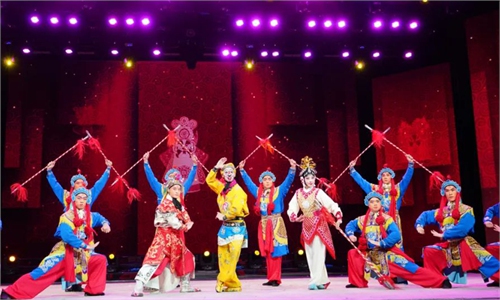ARTS / CULTURE & LEISURE
Striving for balance: Spanish photographer applies Taoist philosophy to his art
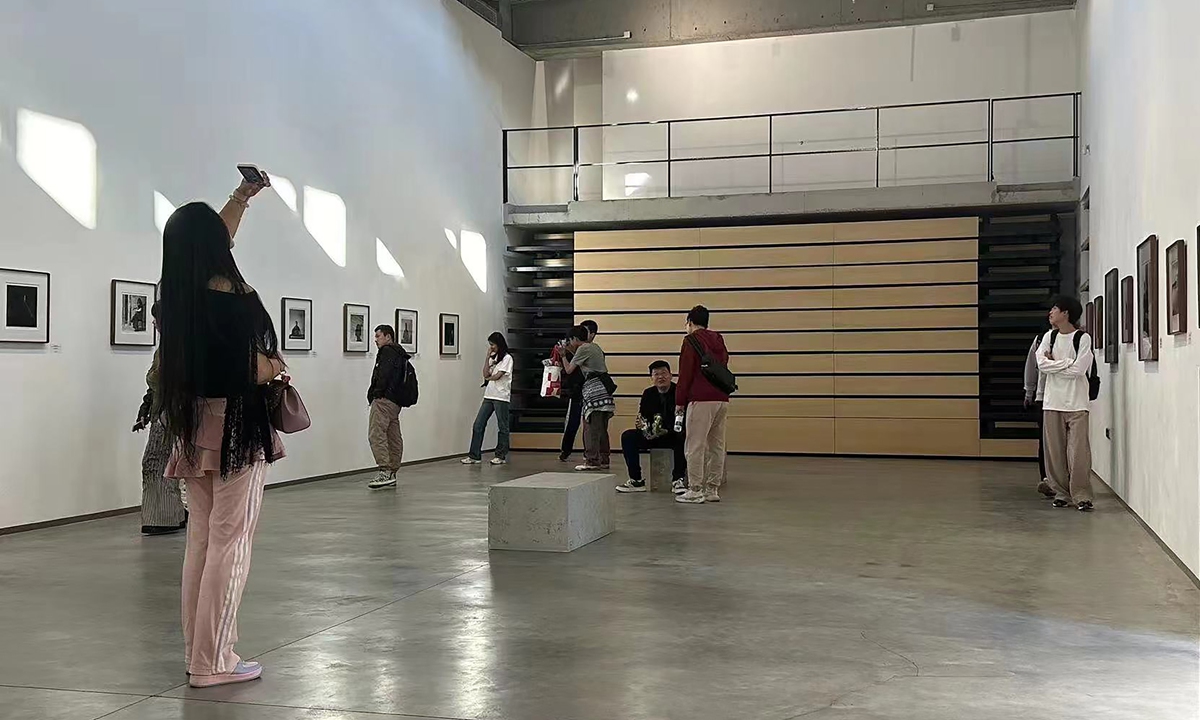
People explore Santiago Barrio's photography exhibition in Beijing. Photo: Courtesy of Santiago Barrio
Santiago Barrio, a Spanish photographer, was sitting cross-legged on a tatami for a pot of tea when he started a conversation about his life over the last decade in China. In late September, Barrio launched his photography exhibition La musica del no ser llena el vacio, or the Music of Non-being Fills the Void in English, or Kong Yi Ming Ren in Chinese.
Process of cognition
This is not the first exhibition in China for Barrio. In past decades, he has held exhibitions in cities including Beijing, Shanghai, and Hangzhou.
The Tao Te Ching is a fundamental book of the Chinese civilization and one of the treasures of universal spirituality. Its influence has permeated almost all aspects of Chinese culture and even the entire Far East, said Barrio.
"It takes years for one to be mature enough and understand the Tao," he told the Global Times.
Barrio also shared his observations with attendees at his exhibitions.
With smartphones glued to their palms, "people are receiving many explosive contents in the form of videos; they are too busy to slow down and appreciate a photo. They rush between [displayed images] and taking pictures, then they are done with an exhibition," Barrio said.
It takes years to gain experience, and some images are viewed but don't necessarily make sense when one looks at them. Years later, people might find they make sense in a context that stimulates the memory, he said.
Barrio said that in 1999, he came to China for several weeks to attend a tai chi summer camp in the Wudang Mountains in Central China's Hubei Province.
Born in Bilbao, Spain in 1970, Barrio has always been passionate about oriental culture. He has been practicing martial arts since an early age. Later, his sharp observation told him that his trainer in Spain, apart from mastering some moves and gestures, was not knowledgeable about Wushu (martial arts).
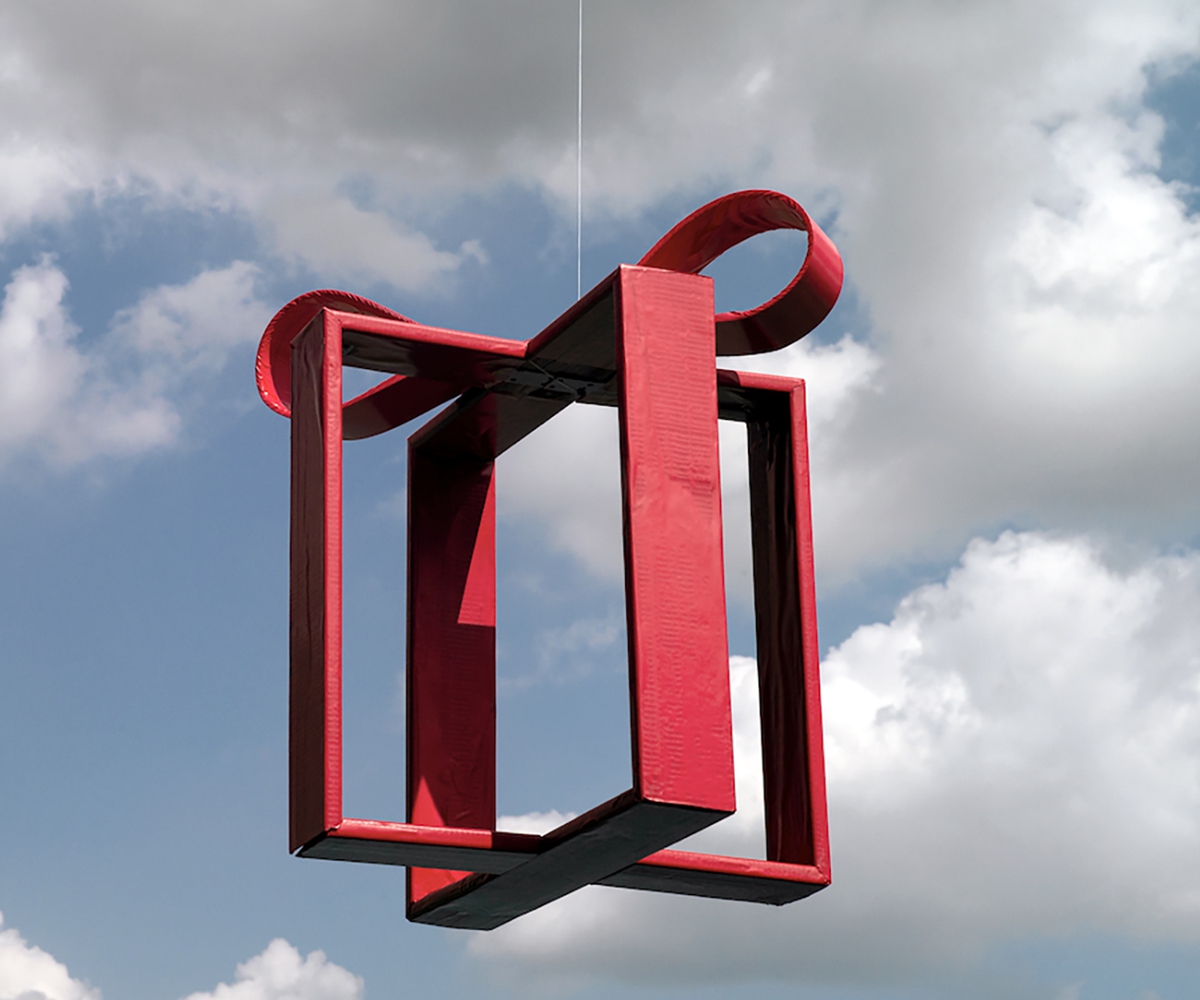
An artwork by Santiago Barrio Photo: Courtesy of Santiago Barrio
'Great truth in simple words'
Despite the language barrier, Barrio has maintained an enthusiasm for Chinese culture that "goes so deep."
With over two decades of experience working with magazines such as Vogue, GQ, Time, Elle, Stern, and Le Monde, Barrio returned to Beijing in 2012 in an endeavor to find a more personal approach to art photography.
When he learned more about Chinese Taoist philosophy, Barrio applied these philosophical theories to his artistic creation.
"I used to get prepared days before taking portraits in upcoming projects. However, when the people would come in for the portraits, the environment would change. After learning about Wushu and the Tao behind the moves, I now understand I need to be fully prepared and relaxed enough to understand the situation, and not to push ideas when the conditions are not right," Barrio told the Global Times.
After Barrio started following the Tao, "suddenly my life became easier."
Referencing photography, Barrio said that he would like to focus on the essence of the objects.
"When you maintain a distance from objects, you are more likely to see them clearly. That is the great truth in simple words," he noted.
What is a camera? For Barrio, it is an empty receptacle paired with his wisdom to showcase the world.
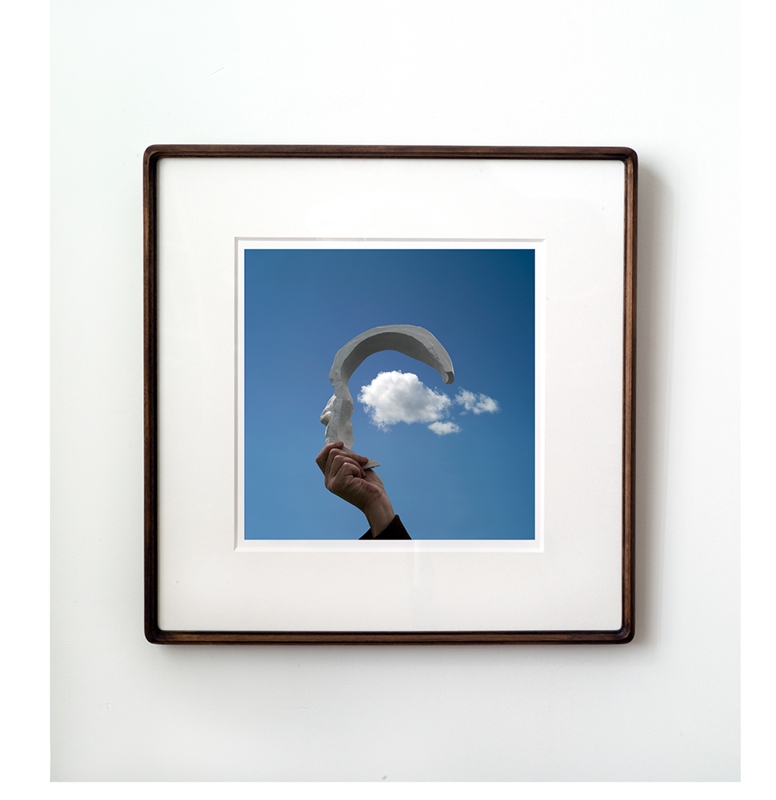
An artwork by Santiago Barrio Photo: Courtesy of Santiago Barrio
Creative collection
By learning and embodying Chinese philosophy, Barrio has been appreciating ancient Chinese architectural designs such as that of the Palace Museum, also known as the Forbidden City, and the Beijing Central Axis. From his point of view, everything is connected with the universe.
"Chinese architects really impress me. The Forbidden City is an example. It is a full area open to understanding Chinese culture. It is an open example for everybody not to just understand Chinese culture [but] to understand the universe," he told the Global Times.
"Everything has a relationship with the sky and with the stars," Barrio stressed.
In his eyes, the Beijing Central Axis reminded him of the Chinese character Zhong, or center. "It is easy to take the extremist view, however, Chinese culture reminds [people] to strive for balance," said Barrio, referencing the Beijing Central Axis, or the line that runs through the middle of the city.
In 2020, Barrio created the album titled The Forbidden City. In the introduction, he noted the "silence behind the bustle of the visitors" and elements that "seemed hidden in every little thing" as some of the elements that inspired his photography project there, causing him to "come back next week as if I had never been here before."
Barrio finished an album titled Tao Te Ching in 2022, aiming to take 81 photos according to the classic connotation of its 81 chapters. The album is the first visual art collection on the specific meaning of each chapter of the Tao Te Ching in the world.
However, when his exhibition titled Regresar es el movimiento del Tao or Returning is the Movement of the Tao was inaugurated in Shanghai, he encountered many questions posed by Chinese visitors about how a Spanish photographer could possibly understand Chinese culture enough to feature Tao Te Ching.
Barrio recalled a woman at the exhibition who was moved to tears by one of his works titled The Tao of the heaven is beneficial, never harmful. She wanted to know the inspiration behind the photograph. Barrio said he was paraphrasing Tao Te Ching in his Western artistic way.
"It doesn't matter what happens in your life. Lao Tzu tells you that even the most dramatic events are good for you; they're a present," Barrio explained to her.
"Several minutes later, Wu Yuxia, the Chinese lady started to understand what the photo meant and why she was crying," he recalled.
